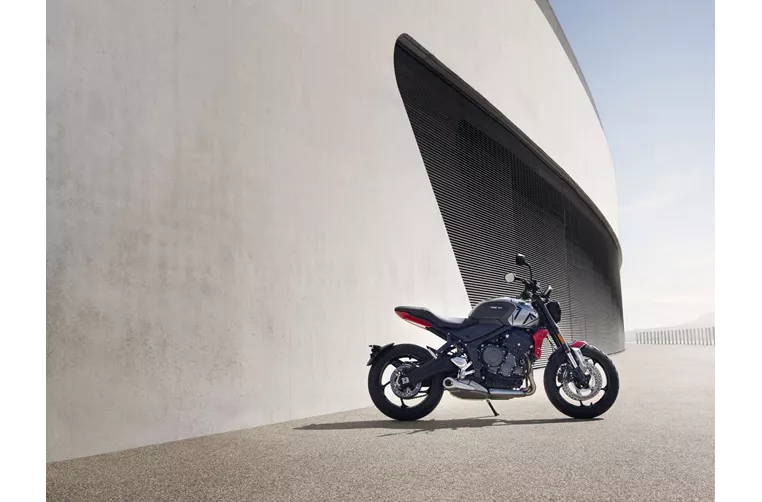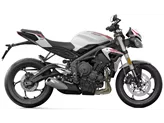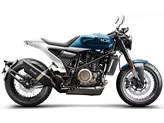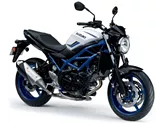Suzuki SV 650 2017 vs. Triumph Trident 660 2021

Suzuki SV 650 2017
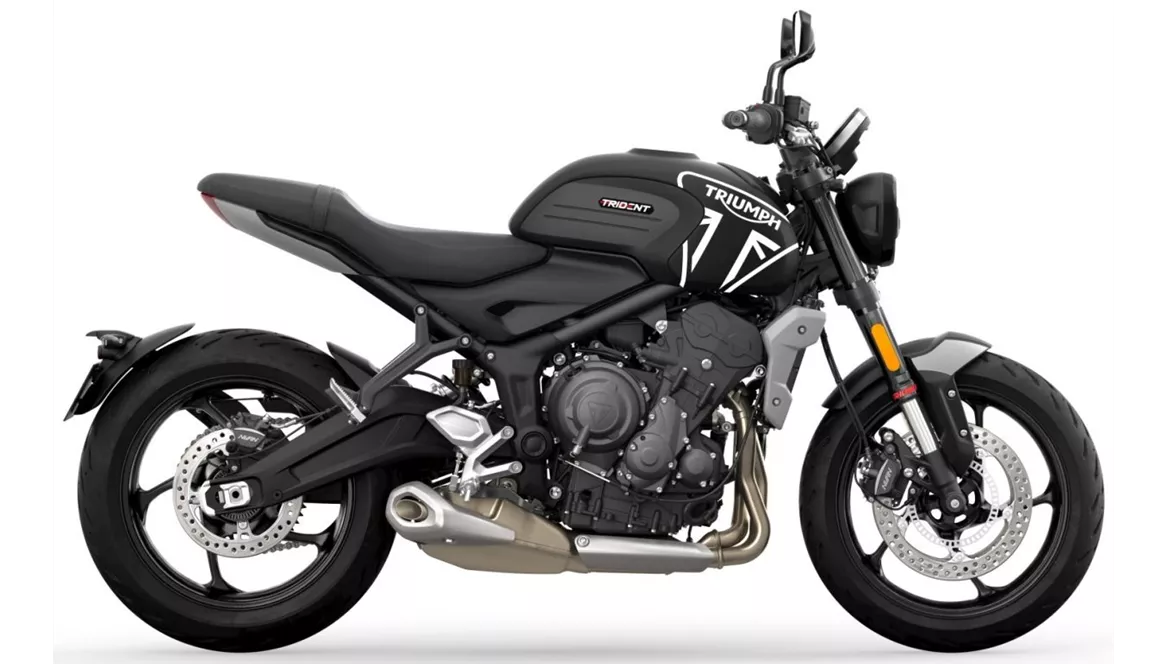
Triumph Trident 660 2021
Overview - Suzuki SV 650 2017 vs Triumph Trident 660 2021
The Suzuki SV 650 2017 and the Triumph Trident 660 2021 are both naked bikes that offer a thrilling riding experience. While they have some similarities in terms of engine power, torque, fuel system, and cooling, there are also notable differences between the two models.
In terms of engine performance, the Suzuki SV 650 2017 is equipped with a V-twin engine that delivers 76 HP of power and 64 Nm of torque. On the other hand, the Triumph Trident 660 2021 features an inline three-cylinder engine that produces 81 HP of power and the same 64 Nm of torque. The Trident's three-cylinder powerplant provides a more powerful and smoother performance compared to the SV 650's V-twin engine.
Both bikes feature a liquid cooling system to ensure optimal engine temperature. They also have fuel injection systems for efficient fuel delivery. However, the Trident 660 has an advantage in terms of engine displacement, with a larger 660cc engine compared to the SV 650's 645cc engine.
In terms of suspension, both bikes have swing arm rear suspensions with monoshock absorbers. However, the SV 650 2017 is equipped with a telescopic fork front suspension, while the Trident 660 2021 features an upside-down telescopic fork front suspension. This inverted design in the Trident provides better stability and control during aggressive riding.

Suzuki SV 650 2017
Both bikes have steel frames, but they differ in frame type. The SV 650 2017 has a tubular frame, while the Trident 660 2021 features a perimeter frame. The perimeter frame in the Trident offers better rigidity and stability, enhancing the bike's overall handling and maneuverability.
In terms of braking, both bikes have double disk front brakes with double-piston calipers. However, the Trident 660 has larger front brake disks with a diameter of 310mm compared to the SV 650's 290mm front brake disks. This gives the Trident better braking performance and stopping power.
When it comes to rider assistance systems, the SV 650 2017 is equipped with ABS, while the Trident 660 2021 offers ABS, riding modes, and traction control. The Trident's additional electronic features provide enhanced safety and control, especially in varying road conditions.
In terms of dimensions and weights, the Trident 660 2021 has a slightly smaller wheelbase of 1401mm compared to the SV 650 2017's 1445mm wheelbase. The Trident also has a higher seat height of 805mm compared to the SV 650's 785mm seat height. However, the Trident is lighter with a kerb weight of 189kg compared to the SV 650's 197kg weight.
Both bikes have similar front and rear tire dimensions, with a 120mm width and 17-inch diameter for the front tire, and a 17-inch diameter with a 160mm width for the rear tire. However, the Trident 660 offers a wider rear tire option with a 180mm width.

Triumph Trident 660 2021
In terms of fuel tank capacity, the Trident 660 has a slightly larger tank with a capacity of 14 liters, while the SV 650 has a 13.8-liter tank.
In terms of strengths, the Suzuki SV 650 2017 is known for its smooth engine, playful handling, and great chassis. On the other hand, the Triumph Trident 660 2021 is praised for its powerful three-cylinder powerplant, surprisingly good chassis and brakes for its class, extensive electronic equipment, and optional quickshifter with blipper. The Trident also offers simple and accessible controls, making it user-friendly.
However, the SV 650 2017 has a weakness in its brake system, which is considered too weak. On the other hand, the Trident 660 2021 has a weakness in its traction control system, which is seen as overly defensive.
In conclusion, both the Suzuki SV 650 2017 and the Triumph Trident 660 2021 are impressive naked bikes with their own strengths and weaknesses. While the SV 650 offers a smooth engine and playful handling, the Trident 660 provides a more powerful engine, better chassis and brakes, and a range of electronic features. Ultimately, the choice between the two models will depend on the rider's preferences and priorities.
Technical Specifications Suzuki SV 650 2017 compared to Triumph Trident 660 2021
Pros and Cons in comparison
Pros and Cons in comparison
Suzuki SV 650 2017

The Suzuki SV 650 is accompanied by a long history of success that is sure to continue for a long time. Its supple V2 impresses with very smooth response and plenty of torque. Compact dimensions help to make the motorbike look very compact. This will be very convenient for beginners. The chassis also scores with playful handling. Unfortunately, the braking effect is not at the level one would expect from such a powerful vehicle.
Triumph Trident 660 2021
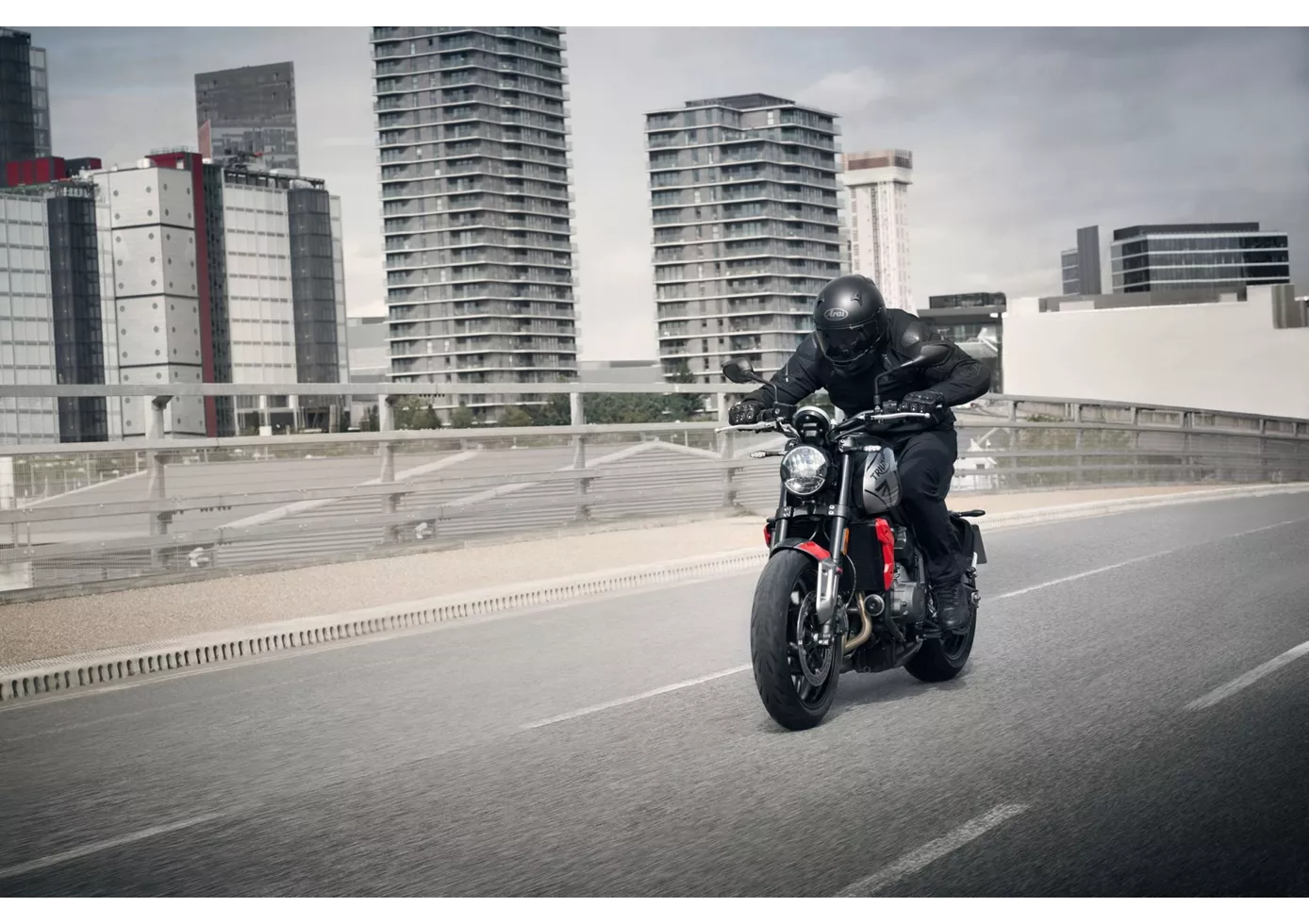
You can tell that the Trident is a new bike. Triumph has developed the necessary ingredients for the year 2021 with pinpoint accuracy. Cheeky but not intrusive sound, a lively engine and a comprehensive electronics package including quickshifter are simply fun. A casual motorbike that even experienced riders can have a lot of fun riding.
Price Comparison Avarage Market Price Suzuki SV 650 vs Triumph Trident 660
There are a few key differences between a Suzuki SV 650 2017 and a Triumph Trident 660 2021. In terms of price, the actual average price of a Triumph Trident 660 2021 is about 30% higher. Compared to Triumph Trident 660 2021 there are less Suzuki SV 650 2017 bikes available on the 1000PS.de Marketplace, specifically 6 compared to 23. It takes less time to sell a Triumph Trident 660 with 85 days compared to 112 days for the Suzuki SV 650. Since model year 2005 1000PS.de editors have written 25 reviews for the Suzuki SV 650 and 20 reviews for the Triumph Trident 660 since model year 2021. The first review for the Suzuki SV 650 was published on 9/26/2008 and now has more than 14,200 views. This compares to more than 76,700 views for the first review on Triumph Trident 660 published on 10/30/2020.

